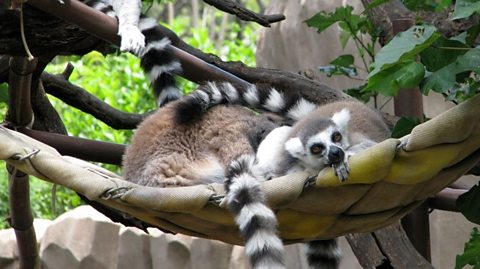Thereās nothing quite like sitting and looking at animals with the āahh!-factor' to make you feel good.
What comes to mind ā kittens, bunnies and bears? Of course, but there are so much more. From curly pigs to tree-climbing cats, weāve gathered a list of some underappreciated cuties to make you squeal (or even growl).
Here are six adorable-looking (although definitely not pet-material) animals you might not have heard of.
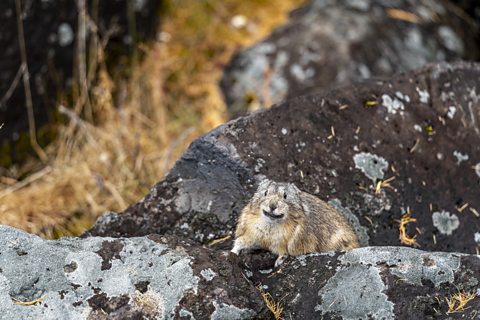
Rocking it: The pika
Pikas are relatives of the rabbit but are not much bigger than a hamster. They live primarily in the rocky mountain ranges of north America, where they blend in perfectly with their surroundings.
They spend summers picking lots of flowers and grasses to stockpile after curing them in the Sun, making haystacks which withstand harsh winter temperatures.
Pikas are very territorial and have been known to steal from each otherās rocky dens ā so mountain hikers might hear their screaming matches.

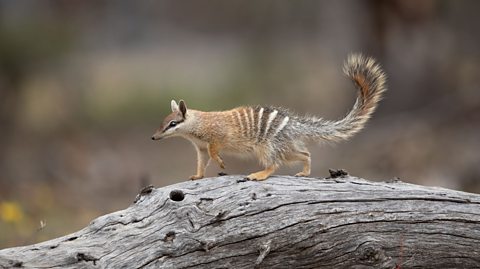
Socially dist-ant: The numbat
This adorable banded anteater ā known locally as the Walpurti or numbat ā looks good in jailhouse stripes, but is a menace only to termites. The numbat is a solitary, diurnal marsupial native to Australia and is smaller than most marsupials, averaging 20-29cm in length with an extra long tail adding up to 21cm.
Numbats have blunt 'pegs' for teeth as they donāt chew their food, and they have a long, sticky tongue to scoop up their prey like other anteaters ā though theyāre not related. They also donāt need to drink water as their exclusive diet of up to 20,000 termites a day provides plenty.
They live in hollow logs, trees and shallow underground burrows on the forest floor, which unfortunately makes them vulnerable to species such as foxes and domestic cats. There are thought to be fewer than 1,000 numbats in the wild, but conservations efforts of zoos are helping to boost their population.

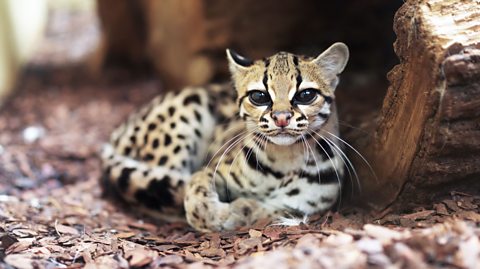
Spotted in the canopy: The margay
A cat stuck in a tree is a trope we all know, but this little moggy is arboreal ā meaning it lives in trees.
Margays, also known as painted cats, have long, bushy tails to help them balance in the branches of humid forests across central and south Americas. Their diet largely consists of climbing mammals, including rats, small monkeys and even two-toed sloths. Their big puss-in-boots eyes are perfect for nocturnal vision and their ankle joints can rotate 180 degrees, allowing them to run head-first down trees like a squirrel.
Their cute spotted coat comes at a price, however, as they are still unfortunate targets of the illegal fur and exotic pet trade, and deforestation poses further threat to their homes. Luckily theyāre a protected species in most areas that they roam, and their numbers are thought to be high in the depths of the Amazon basin.


An old dog with new tricks: The tanuki
Commonly known as the Japanese raccoon dog, the tanuki is not a raccoon, but a canine species native to Japan.
Tanukis hold an important place in folklore, associated with prosperity and good luck but sometimes depicted as tricksters and shapeshifters. They are the only canines that hibernate, and are known as a basal species, which means they are very similar to their ancient ancestors. The earliest tanuki fossils reveal they may have been around between 2.5 million and 11,700 years ago.
The tanuki legacy lives on in popular ceramic figures, and fans of Nintendoās Animal Crossing will be familiar with landlord and shop owner Tom Nook, who is labelled as a raccoon in western versions of the game but is actually based on a tanuki!

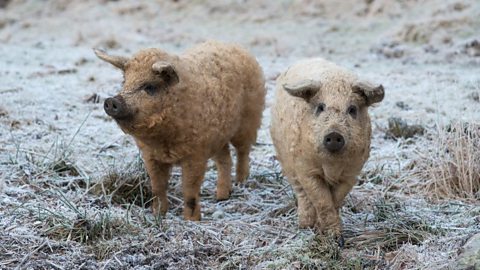
Always a good hair day: The mangalica
The mangalica pig, also known as a sheep-pig, is a domestic breed of curly-haired pig first bred in Hungary. It has a distinctive long-haired coat which ranges from blonde to black and is the only long-haired breed of swine around today.
While it used to be a common pork breed up to the 1950s, nowadays youāre more likely to see them kept as farm pets. They can be seen in all their crowning glory at Budapest Zoo and are considered a national treasure of Hungary.

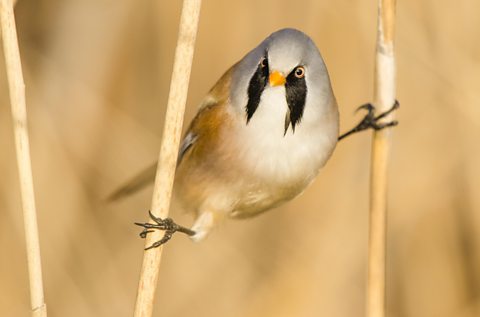
Steal his look: The bearded reedling
A contender for roundest bird, the bearded reedling is a tiny bundle of floof that can be found all year round on the coasts of the UK, as well as in Europe and Asia.
The 'beard' isnāt a beard, but refers to the malesā plumage which looks more like bold winged eyeliner. Theyāre a sexually dimorphic species, which means the females have a different appearance than the males ā in this case, the females are light brown and prefer a bare-faced look, but arenāt any less cute.
Theyāre up to 16cm in length, most of which is tail, and are nicknamed reedlings as they nest in the reedbeds of wetlands. Because theyāre the only British songbirds that stay in reedbeds year-round, they have a funny habit to cope with their changing diet: by eating grit, they can grind down tough fibres and seeds when insects are scarce.
This article was published in May 2022

Five well-known animals that went extinct in Britain
Elk, lynx and brown bears all used to roam across Britain.
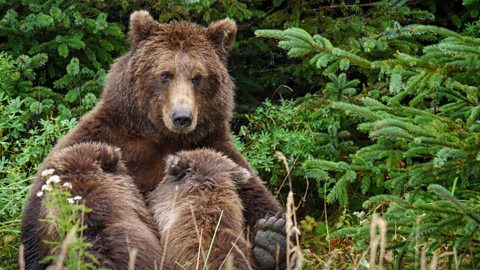
Five rare birds to look out for this summer
Keep 'em peeled for these difficult to spot feathered friends

The collective noun quiz: Do you know your herds from your hordes?
Test your animal knowledge with our crafty collective nouns quiz.
